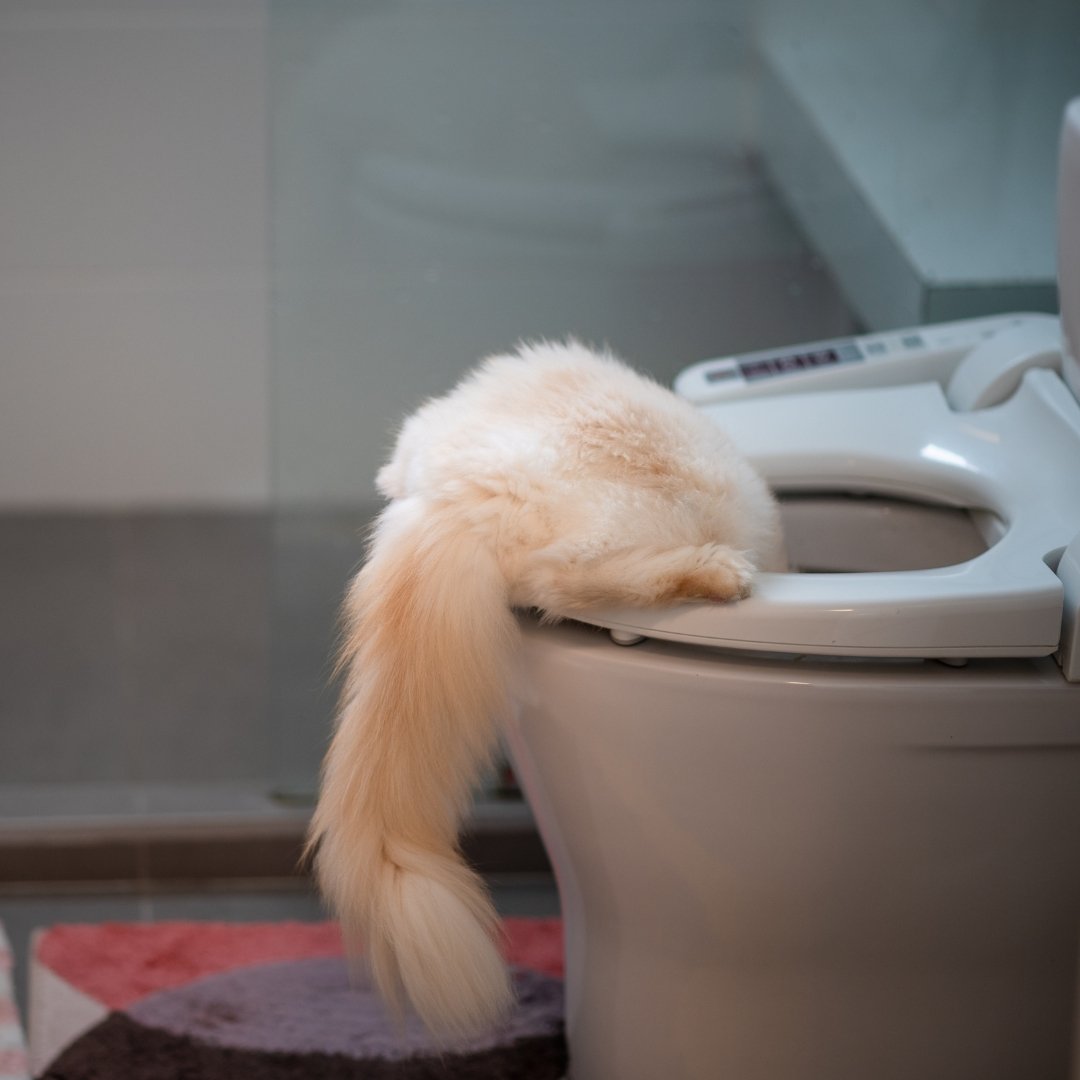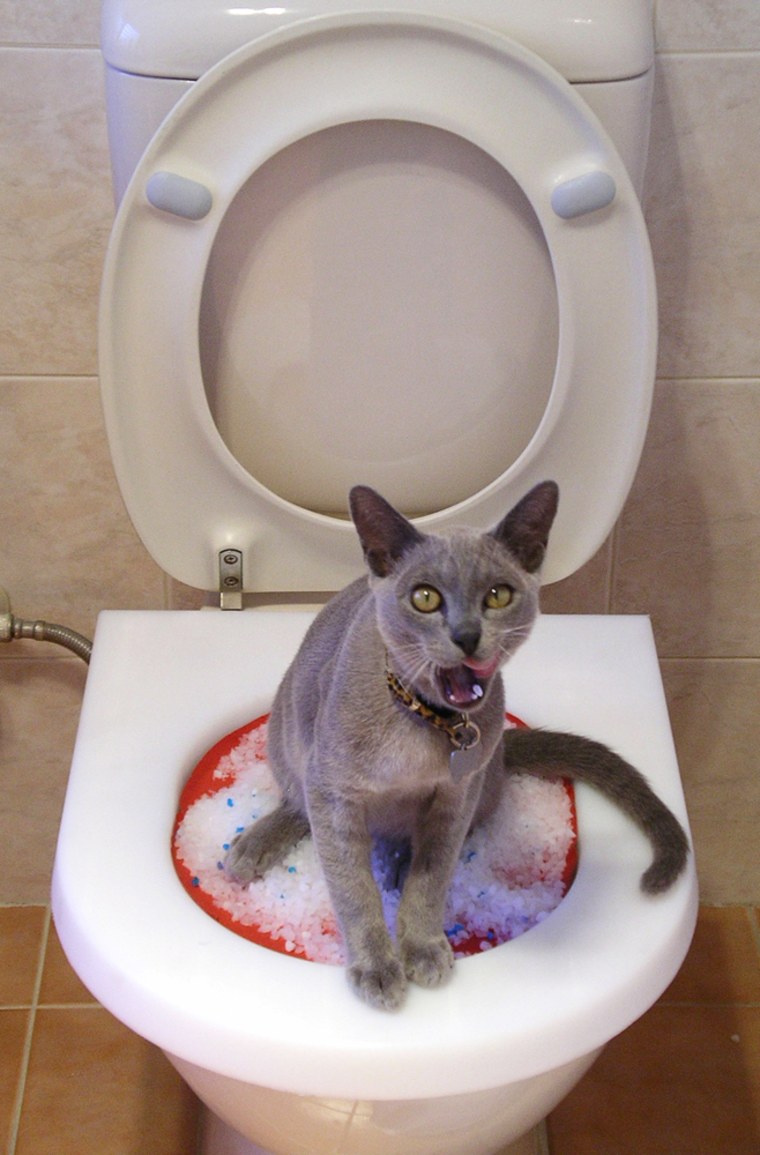The Dangers of Flushing Cat Poop Down Your Toilet - Tips for Safer Disposal
The Dangers of Flushing Cat Poop Down Your Toilet - Tips for Safer Disposal
Blog Article
Just about everyone is bound to have their own rationale involving How to Dispose of Cat Poop and Litter Without Plastic Bags.

Introduction
As cat proprietors, it's vital to be mindful of exactly how we dispose of our feline friends' waste. While it might appear practical to purge pet cat poop down the bathroom, this technique can have detrimental effects for both the atmosphere and human wellness.
Alternatives to Flushing
Fortunately, there are more secure and much more responsible methods to take care of feline poop. Take into consideration the adhering to options:
1. Scoop and Dispose in Trash
The most usual approach of throwing away cat poop is to scoop it right into a biodegradable bag and toss it in the garbage. Make sure to make use of a specialized litter scoop and dispose of the waste without delay.
2. Usage Biodegradable Litter
Choose eco-friendly feline litter made from products such as corn or wheat. These litters are eco-friendly and can be safely thrown away in the trash.
3. Bury in the Yard
If you have a yard, think about hiding cat waste in a marked location far from vegetable yards and water resources. Make sure to dig deep adequate to avoid contamination of groundwater.
4. Install a Pet Waste Disposal System
Purchase a pet dog garbage disposal system specifically made for cat waste. These systems utilize enzymes to break down the waste, minimizing smell and ecological influence.
Wellness Risks
In addition to ecological concerns, flushing feline waste can additionally pose health and wellness dangers to human beings. Pet cat feces may contain Toxoplasma gondii, a parasite that can cause toxoplasmosis-- a possibly severe disease, specifically for pregnant ladies and individuals with weakened body immune systems.
Environmental Impact
Flushing cat poop introduces hazardous virus and parasites into the supply of water, positioning a substantial risk to marine environments. These impurities can negatively impact marine life and concession water top quality.
Conclusion
Responsible pet possession extends beyond giving food and shelter-- it also involves proper waste management. By avoiding purging cat poop down the toilet and opting for alternate disposal methods, we can lessen our environmental impact and shield human wellness.
Why Can’t I Flush Cat Poop?
It Spreads a Parasite
Cats are frequently infected with a parasite called toxoplasma gondii. The parasite causes an infection called toxoplasmosis. It is usually harmless to cats. The parasite only uses cat poop as a host for its eggs. Otherwise, the cat’s immune system usually keeps the infection at low enough levels to maintain its own health. But it does not stop the develop of eggs. These eggs are tiny and surprisingly tough. They may survive for a year before they begin to grow. But that’s the problem.
Our wastewater system is not designed to deal with toxoplasmosis eggs. Instead, most eggs will flush from your toilet into sewers and wastewater management plants. After the sewage is treated for many other harmful things in it, it is typically released into local rivers, lakes, or oceans. Here, the toxoplasmosis eggs can find new hosts, including starfish, crabs, otters, and many other wildlife. For many, this is a significant risk to their health. Toxoplasmosis can also end up infecting water sources that are important for agriculture, which means our deer, pigs, and sheep can get infected too.
Is There Risk to Humans?
There can be a risk to human life from flushing cat poop down the toilet. If you do so, the parasites from your cat’s poop can end up in shellfish, game animals, or livestock. If this meat is then served raw or undercooked, the people who eat it can get sick.
In fact, according to the CDC, 40 million people in the United States are infected with toxoplasma gondii. They get it from exposure to infected seafood, or from some kind of cat poop contamination, like drinking from a stream that is contaminated or touching anything that has come into contact with cat poop. That includes just cleaning a cat litter box.
Most people who get infected with these parasites will not develop any symptoms. However, for pregnant women or for those with compromised immune systems, the parasite can cause severe health problems.
How to Handle Cat Poop
The best way to handle cat poop is actually to clean the box more often. The eggs that the parasite sheds will not become active until one to five days after the cat poops. That means that if you clean daily, you’re much less likely to come into direct contact with infectious eggs.
That said, always dispose of cat poop in the garbage and not down the toilet. Wash your hands before and after you clean the litter box, and bring the bag of poop right outside to your garbage bins.
https://trenchlesssolutionsusa.com/why-cant-i-flush-cat-poop/

Do you enjoy reading up on Don’t flush cat feces down the toilet? Post a review down below. We will be pleased to find out your responses about this posting. Hoping that you visit us again later on. Sharing is caring. You just don't know, you could be doing someone a favor. I treasure reading our article about Don’t flush cat feces down the toilet.
Click Here Report this page